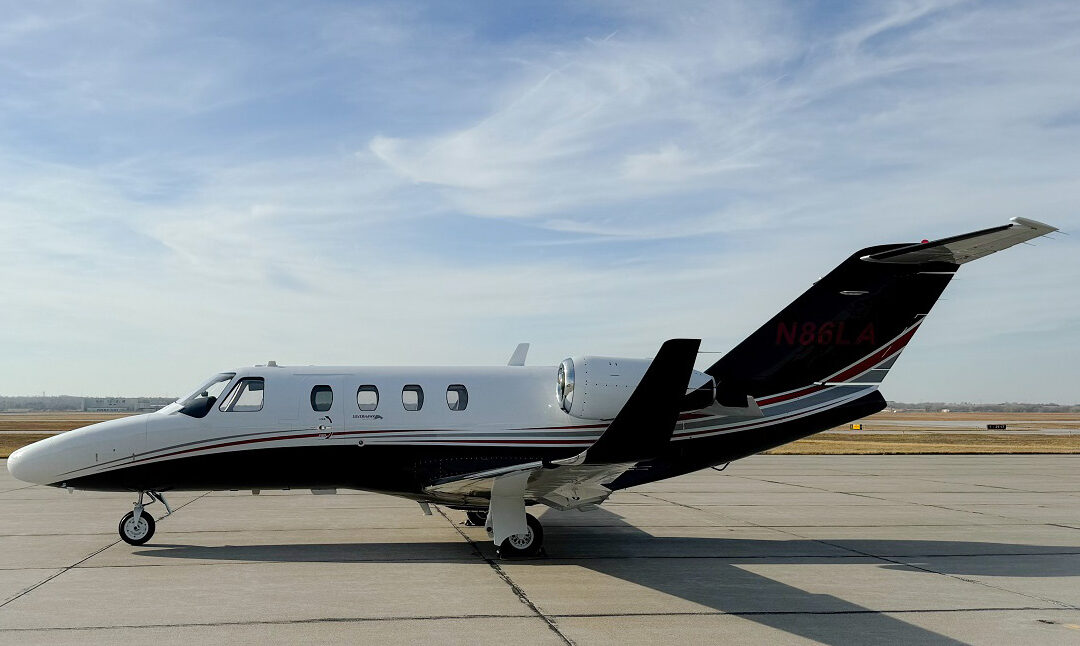Probably the question I get asked most frequently. And, honestly, I get it. It’s not where I like to start, particularly with new users, but I get it. The long and short answer is “it depends”. It depends on what you want to buy. It depends on what needs to be done to it. It depends on the work you want to do to it. Depends on how you want to use it.
It. Just. Depends.
Lucky for you, I’m going to create a realistic example that shows exactly why I try to warn people that they won’t make money owning and allowing us to charter but they can dramatically offset their costs for their own usage. And who doesn’t love letting others subsidize their use?
Let’s say you own a construction company and let’s say that company takes on projects in the Midwest. Let’s say you specifically travel anywhere from Minnesota, down and over to Tennessee, down and back over to Texas, over the Rockies to the rolling plains of (Why would you go there) Wyoming, and finally back to good ol’ Omaha, Nebraska or Lincoln, I guess (because everyone knows Omaha is better than that dog track that is the city of Lincoln). Let’s also say, for the sake of this hypothetically realistic (or is it realistically hypothetical?) example, you’re typically only sending a couple of guys on these trips. Let’s continue to say that you take several of these trips each month, plus a few other “business” trips (wink, wink) mixed in there during the year, amounting to roughly 300 hours of use each year. Let’s say we start talking and agree that a Citation Jet (CJ) is the right fit because we apply a watered-down version of the 80/20 rule to buying an airplane (80% of your missions met by the aircraft you buy with the access to the fleet meeting the other 20%) and because, well, it would be the right solution. Let’s also say that your goal is to make your flying as cost-effective as possible for yourself, so you want Silverhawk to charter the plane out 200 hours a year.
Here’s a realistic breakdown of what that would look like, your operating costs, and, ultimately, your effective cost per owner hour flown. For purposes of this explanation, I’m assuming your pilots cost you $1,750 (total) per day, you fly your 300 hours over a ~75-day period, and your average overnight cost (pilot hotels, meals, etc.) to ~$600/night total. Management fees can vary based on the complexity of the arrangement (think maintenance logs, scheduling, billing, etc.) but would generally start no lower than the figure used here.
| Total Annual Utilization | |
| Owner Hours | 300 |
| Charter Hours | 200 |
| Total Hours | 500 |
| Total Annual Charter Revenue | |
| Charter Revenue Per Hour | $ 1,000.00 |
| Total Charter Revenue to Owner | $ 200,000.00 |
| Hourly Direct Operating Costs | |
| Maintenance Labor/Parts | $ 250.00 |
| Engine Program | $ 350.00 |
| Wifi | $ 131.00 |
| Fuel Cost | $ 715.00 |
| Hourly Direct Operating Cost | $ 1,446.00 |
| Annual Operating Costs | |
| Annual Management Fees | $ 72,000.00 |
| Maintenance Labor Parts | $ 125,000.00 |
| Insurance | $ 30,000.00 |
| Hangar Rent | $ 45,600.00 |
| Engine Cost | $ 175,000.00 |
| Pilot Day Rate | $ 131,250.00 |
| Owner Trip Passthroughs (Crew lodging, meals, airport fees, etc.) | $ 45,000.00 |
| Fuel Cost | $ 214,500.00 |
| Wifi Cost | $ 39,300.00 |
| Total Annual Expense | $ 877,650.00 |
| Annual Net Cost | $ 677,650.00 |
| Effective Cost Per Owner Hour | $ 2,258.83 |
Now, keep in mind the fuel and wifi costs for the “charter” hours are covered by the operator (Silverhawk, in this example). Engine program(s) and maintenance reserves should still be made from the “charter revenue” figure stated. For the sake of conservatism, I assume those reserves are made for each hour flown but some owners choose to not reserve and just deal with those issues – and the checks required to remedy them – as they arise.
I realize that figure can still be daunting but it’s far more reasonable than it seems at first blush. Try to imagine being in Lincoln and having to send a team of four to say……Kansas City. The aircraft used in the example above is wheels up to wheels down in ~35 minutes. Round trip in ~70 minutes. For ~$650/person you can eliminate six (6) hours in a car, renting the car in the first place, and potentially the need for hotels for each team member. PLUS, you gain the ability for all four people to continue to actively work during their travel. Plus, there is something about write-offs and depreciation……
Now let’s say this wasn’t hypothetical, it was very real. Let’s also say it doesn’t just apply to construction, but a lot of tangentially related industries to Real Estate, as well as Finance, Law, and Agriculture. Let’s also say you are, or know, that person at those companies in those industries. Now, let’s say you reach out to me. We’ll save you (and/or them) time, help you make money more efficiently, and, perhaps most importantly, jets are just cool to fly in and even cooler to own. So do it. Buy a jet, buy any jet, but especially buy one of mine.
Until next year,
Mark
